
- Sustainable Planet -
- 6mins -
- 594 views
U.S. report bumper bee bonanza — Honeybee numbers on the increase in multiple U.S. states
Recent data from the U.S. Department of Agriculture shows that many States across the nation are experiencing a healthy growth in honeybee colony numbers of up to 70% or more—meanwhile some native wild bee species are still struggling.
Things are looking up for honeybee populations in many U.S. states
While there is definitely a justifiable cause for concern on a global level about the Colony Collapse Disorder (CCD) affecting the health of bees, some good news has recently come to light about the present condition of these crucial pollinators in the United States of America. The latest bee colony report issued by the U.S. Department of Agriculture describes a surprising increase in the number of colonies across the nation, with some states experiencing a particularly rapid expansion of their bee populations. Reporting the most dramatic growth was Maine, who counted a whopping 73% increase in colony numbers since 2018. See below for more encouraging statistics from other States experiencing a honeybee boom in 2020.
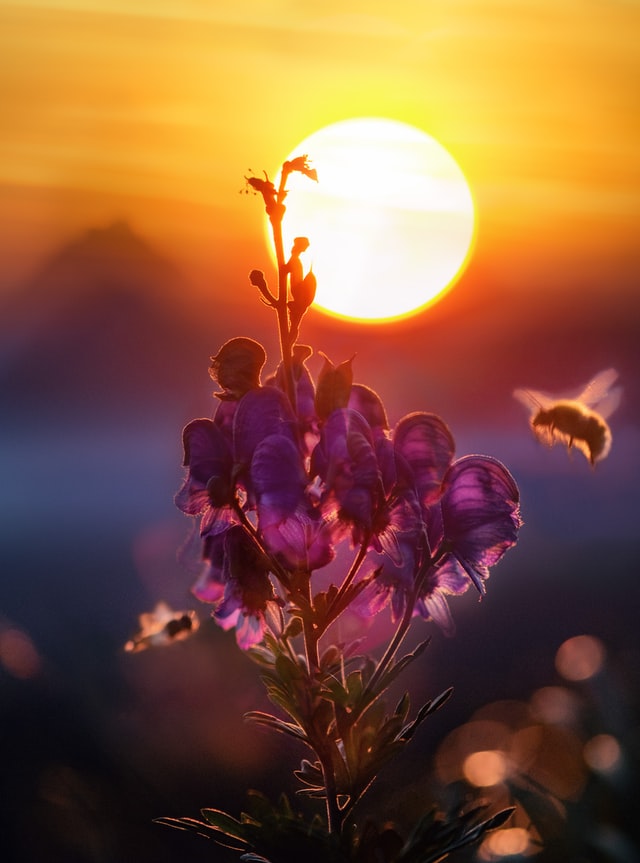
new report from the U.S. Department of Agriculture describes a 14% national increase in bee colonies
According to the latest report from National Agricultural Statistics Service (NASS), Nebraska, Oklahoma, Michigan, and Maine reported the largest percent increases in bee colonies over the last two years. Oklahoma reported 69% growth, only slightly behind Maine for the title of “most improved” bee colony. However, the highest percent growth is not indicative of the largest honeybee population. California has the largest number of colonies with over one million hives. Florida’s 250,000 hives is the second largest state bee population. Both California and Florida have unfortunately lost colonies since 2018. That said, the reported overall national increase of colonies by 14% in the past year offers hope for these states. The addition of many thousands of new hives is an important step towards preserving these vital creatures and our own food security.
Source: MyModernMet
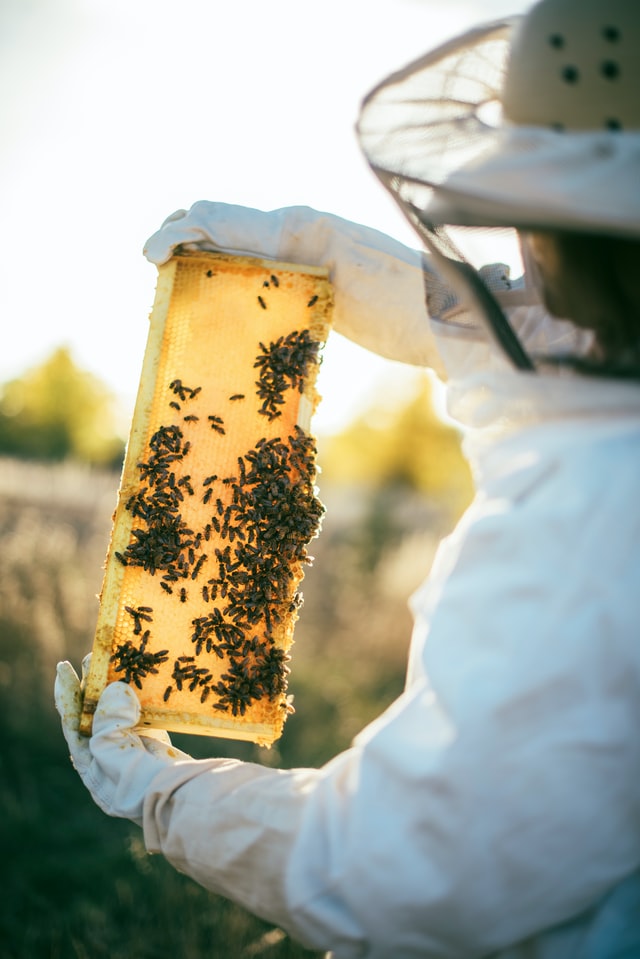
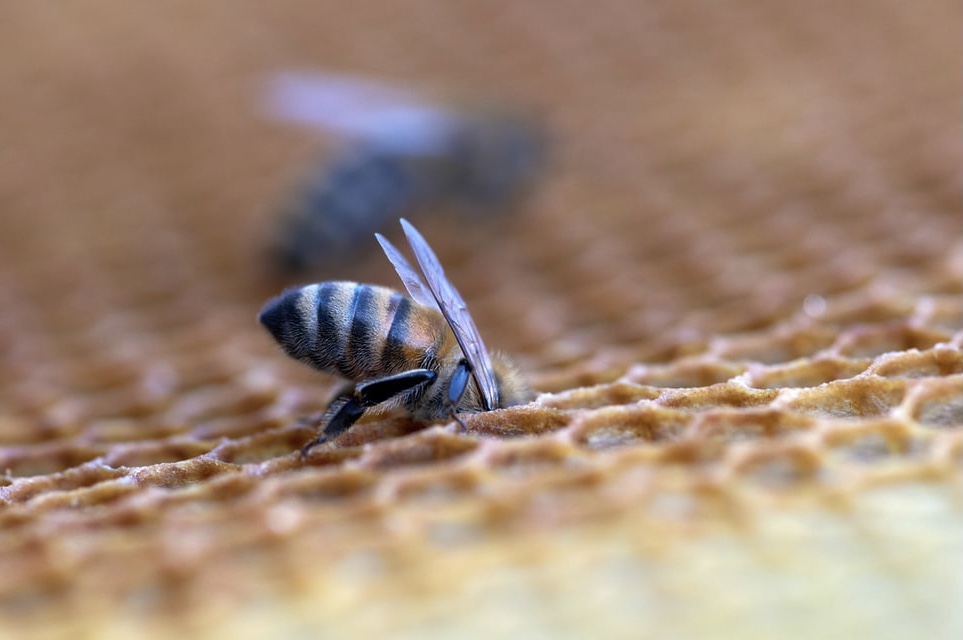
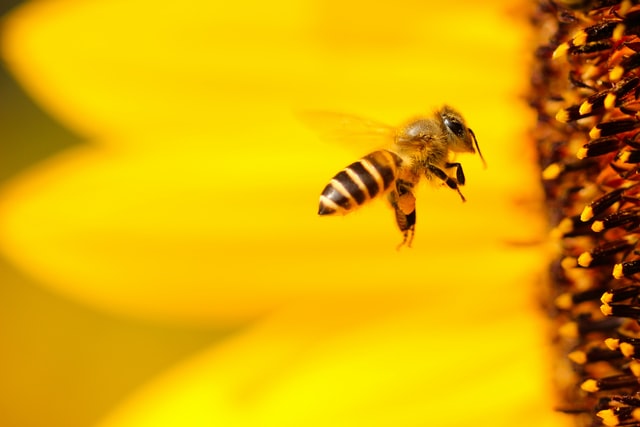
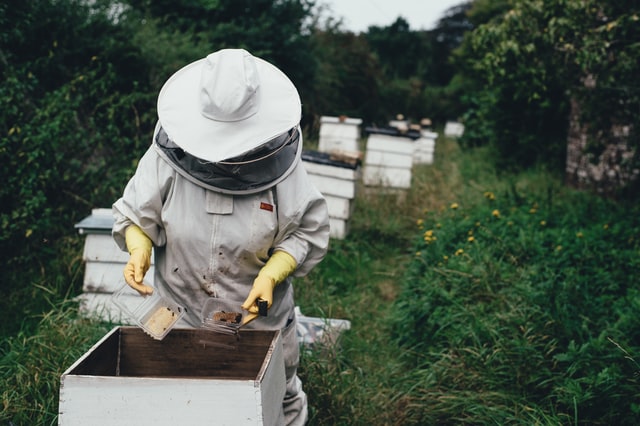
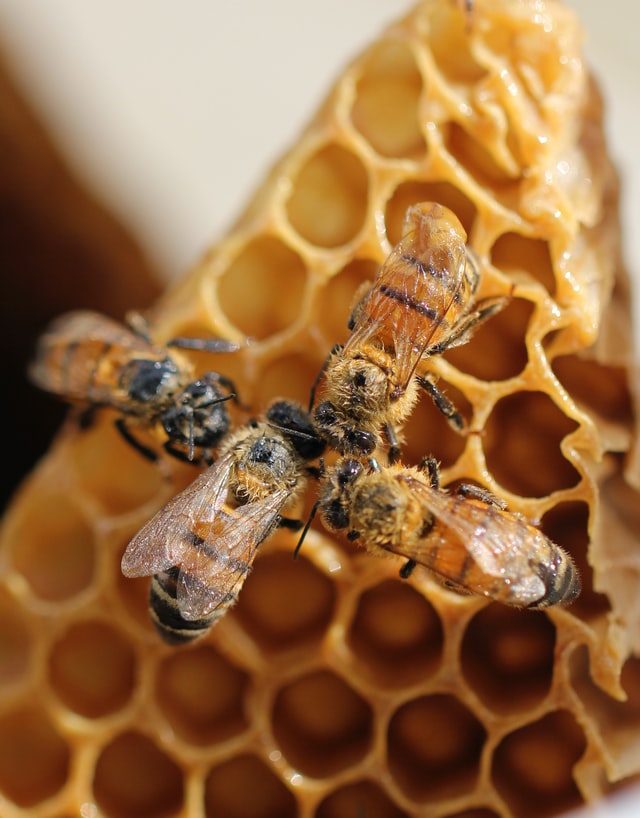
Besides honey bees: Wild bees are also key pollinators, and some species are in decline
It’s important to note that this promising news is focused specifically on honey bees, which commercial beekeepers transport all over the United States to pollinate crops.
While honey bees are a vital part of the US agricultural system, they are domesticated and highly managed for specific agricultural purposes. They are not native to North America and often can’t be used as a surrogate for understanding what is happening with native wild bees. This has been the focus of extensive research by Kelsey K. Graham, Postdoctoral Research Associate, Department of Entomology at Michigan State University.
There are some 5,000 bee species native to North America, many of which have shown no evidence of decline, with some species thriving in highly urbanised areas. However, other species, including some that were previously common, are becoming increasingly more difficult to find. As scientists work to understand bee decline, it is important to identify the unique roles that native bees play, and to identify threats specific to them.
Besides honey bees, wild bees are also vital for crop pollination. Research has shown that the presence of wild bees increases yields across many types of crops. They often are more efficient at pollinating crops native to North America than honey bees. For example, a honey bee would have to visit a blueberry flower four times to deposit the same amount of pollen as a single visit from a bumble bee queen.
Wild bees have a unique way of extracting pollen from flowers called “buzz pollination.” By shaking flowers at a certain frequency, more pollen will be released, thus allowing for more efficient pollination. Honey bees can’t do this.
Bumble bees are particularly good at buzz pollination, so several species are now commercially managed. Increasing numbers of farmers who grow fruits, vegetables, tree nuts and flowers are now using either bumble bees alone or a mix of bumble bees and honey bees to pollinate their crops.
However, some bumble bee species are in decline. Reasons for bumble bee decline include increased prevalence of pests and pathogens, poor nutrition and pesticide exposure. Many of these stressors are due to agricultural intensification, particularly in the Midwest. Traditionally, grassland prairies provided nutritionally dense, safe forage for bees. But most former prairie lands have been converted to corn and soybean fields or developed for commercial and residential use. As a result, bumble bees are increasingly exposed to pesticides and their food supply is shrinking.
Why are some species thriving while others are declining? Some research suggests that traits such as a narrow or specialised diet and large body size, are associated with decline. But much more research is needed to fully understand which traits make species vulnerable, and to identify species that are especially at risk.
There are 46 species of bumble bee in North America; the other native bees (4,954-plus species) are vastly different in size, colour and life history traits. Because native bees are so diverse, it is hard to identify a primary cause for wild bee decline. But as with bumble bees, poor nutrition and pesticide exposure are likely culprits. We also know that the majority of native bees nest in the ground, so they are vulnerable when natural areas are converted to tilled agricultural fields or paved over. Providing safe nesting areas for native bees is therefore vitally important to their conservation.
Kelsey K. Graham is part of a team at Michigan State University, funded by the U.S. Department of Agriculture’s National Institute of Food and Agriculture, that is working to fill in some of knowledge gaps about bees.
Source: TheConversation
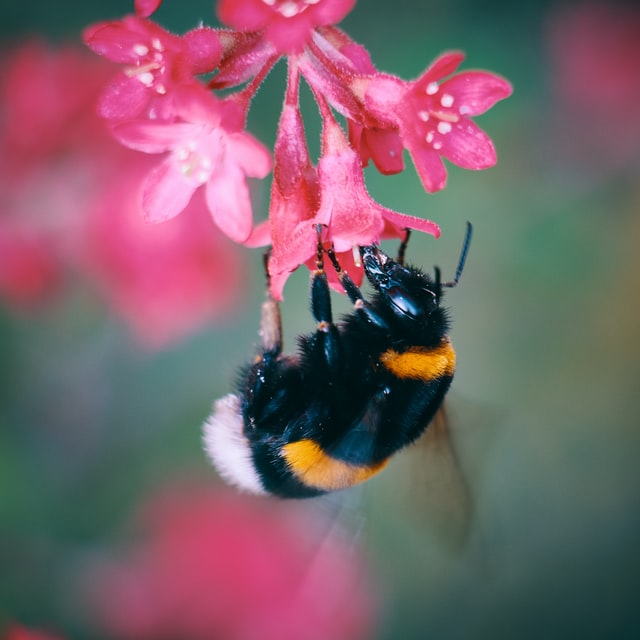
ALBANIA’S BEE-KEEPERS ABUZZ OVER ANTICIPATED BEST EVER HONEY HARVEST
With industry and freight silenced by the coronavirus shutdown, Albania’s bees have been busier than ever, causing excitement among beekeepers expecting an unparalleled honey harvest, thanks to a respite from pollution and pesticides. Learn more.

